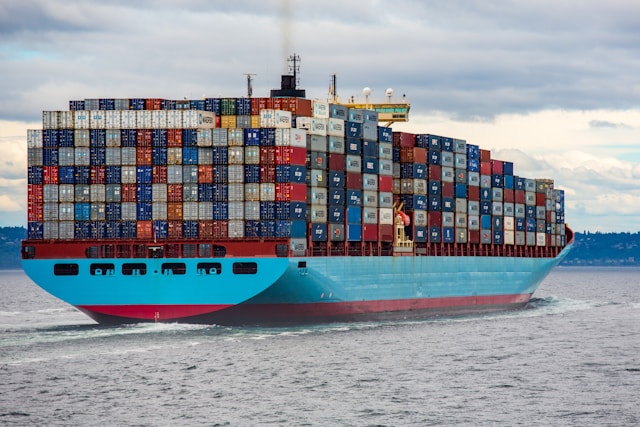Thursday, April 3rd, 2025

In the wake of market turbulence tied to rising tariff tensions, it’s understandable that many investors are feeling uneasy. Recent headlines may sound concerning, but it’s important to take a step back, gain perspective, and look at the broader picture. This article will offer helpful insights into how tariffs work, why they’re used, and what investors can realistically expect from policy-driven market volatility.
What are Tariffs and Why are They Making Headlines?
Tariffs are essentially taxes placed on imported goods. When a country imposes a tariff, it’s taxing imported goods, which typically raises their cost. Businesses that bring in goods from abroad are responsible for paying the tariff, and they in turn may raise prices for consumers to compensate for the added cost.
The general intentions behind tariffs are to make foreign products less affordable, prompting consumers to choose products made domestically. While they’re often framed as protectionist, they’re used for a range of purposes, including encouraging domestic manufacturing, negotiating trade deals, rebalancing trade deficits, or even raising government revenue.
The current shift toward tariffs, especially under the renewed focus from President Trump, marks a significant change in global trade policy. While some see this as a threat to globalization, others believe it may help correct long-standing trade imbalances.
The U.S. Trade Deficit and a Push for Reciprocity
One of the driving forces behind these new tariffs is the U.S. trade deficit, which hit $1.1 trillion in 2024. While a high trade deficit can be a sign of strong consumer demand, the administration is leveraging America’s economic position to seek more balanced trade terms with major partners like China, the European Union, Japan, and others.
The strategy now includes pursuing reciprocal tariffs, a response to other countries’ tariff rates on US goods imported into their countries. While this may support domestic industries in the short term, it also introduces risks such as retaliatory trade actions and disruptions to global supply chains.
Do Tariffs Lead to Inflation?
The short answer, yes they can. As tariffs raise import costs, some of that increase is often passed along to consumers. However, the broader inflationary impact depends on whether these tariffs are temporary or persist over time.
For example, between 2018 to 2019 during President Trump’s first term, tariffs were imposed on many home appliances. Prices on these household items initially rose, but eventually stabilized. That pattern may repeat, depending on how the current situation unfolds.
Markets React, But They Are Also Resilient
Markets don’t like uncertainty, and tariff announcements can fuel short-term volatility. If history is any guide, volatility doesn’t mean lasting damage. In 2018, tariffs triggered a pullback in the S&P 500, only for it to bounce back in 2019 with a total return of over 31%.
While it’s unclear how this latest round of tariffs will play out, diversified portfolios and long-term strategies have weathered far more disruptive events; from the COVID-19 pandemic to many other geopolitical shocks throughout history. Markets have consistently proven to be resilient over time.
What This Means for Investors Today
For those feeling anxious by today’s headlines, now is an optimal time to revisit your financial plan and overall investment strategy to ensure it still aligns with your long-term goals. Diversification continues to work, Navalign’s shift to higher-quality dividend stocks, international equities, and a reduction in concentrated growth stock exposure have helped cushion recent declines.
As we’ve seen before, markets may take time to adjust to new policies, but they often stabilize once there is clarity. And while tariffs may impact global trade, they could also lead to positive outcomes like renewed domestic investment, job creation, trade deficit reductions, and future trade deals.
Final Thoughts
Today’s headlines can make it feel like the sky is falling, but investors who stay focused on the long-term view, often come out ahead. Private markets and global economies are incredibly adaptive. Even as policy shifts create uncertainty, history has shown us time and time again that patience, perspective, and a well-balanced strategy are powerful tools in navigating volatility.
